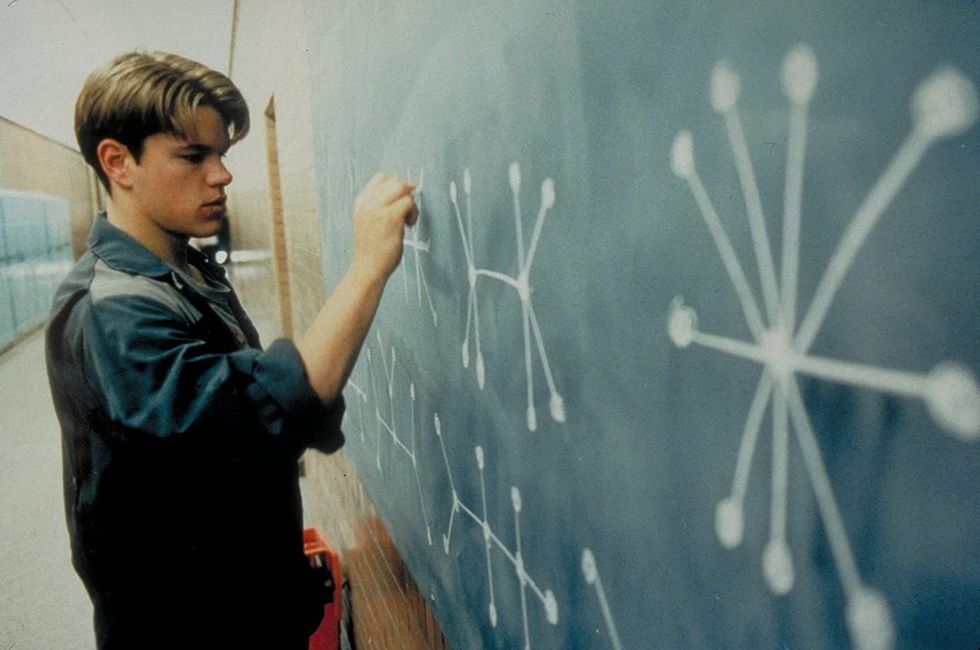
Literary devices add depth and engagement to a film’s narrative, making them more impactful and memorable. One device I just learned about is hypophora, a technique that involves asking a question and then immediately answering it.
In this article, we’ll explore the definition of hypophora and provide examples of how it can be effectively used in filmmaking to captivate audiences.
Let’s dive in.
Hypophora
www.youtube.com
Hypophora Definition
Hypophora is a rhetorical device where a speaker or character asks a question and then answers it immediately.
It is a way to introduce a concept, idea, or theme, and it can be used to engage the audience and draw their attention to a specific point.
In filmmaking, hypophora can be a powerful tool for conveying information, revealing character thoughts, and creating dramatic tension.
Alternate Names:
Also called anthypophora or antipophora.
Why Do Writers and Filmmakers Use Hypophora?

Writers and directors use hypophora in their work for a variety of reasons. Check out some of the ways it can help improve what you have on the page:
- Engaging the Audience: Hypophora immediately captures the audience’s attention. When a character or narrator poses a question and then promptly answers it, it creates a sense of curiosity and involvement. Viewers or readers are drawn into the story or message right from the start.
- Emphasizing Key Points: Hypophora is an effective way to emphasize important themes, ideas, or messages within a story. By explicitly asking and answering a question, writers and directors can ensure that the audience understands and remembers the intended message.
- Highlighting Character Thoughts and Emotions: Hypophora can be used to reveal a character’s inner thoughts, motivations, or emotional state. When a character asks a question and provides an immediate answer, it offers insight into their mindset, allowing the audience to connect more deeply with the character.
- Creating Dramatic Tension: Hypophora can be employed to build suspense and tension in a narrative. By posing a question and delaying the answer, writers and directors can keep the audience on the edge of their seats, heightening the overall drama and anticipation.
- Enhancing Dialogue: Hypophora can make dialogue more dynamic and memorable. It adds a layer of complexity to conversations by simulating real-life discussions where people often answer their own questions for clarity or emphasis.
- Establishing Character Voice: Different characters can employ hypophora in distinct ways, reflecting their personalities and worldviews. A character’s use of this rhetorical device can reveal aspects of their intelligence, wit, humor, or idiosyncrasies.
- Simplifying Complex Ideas: In films and literature that explore complex concepts or technical subjects, hypophora can serve as a tool to simplify explanations. By asking a question and providing a straightforward answer, writers and directors can make intricate ideas more accessible to the audience.
- Adding Depth to Monologues and Speeches: Hypophora is often used in speeches, monologues, or moments of reflection within a narrative. It allows characters to address profound questions or dilemmas and provide thoughtful answers, deepening the emotional impact of the scene.
- Creating Memorable Lines: Hypophora can lead to the creation of iconic and memorable lines in a film or story. When a character delivers a well-crafted question-and-answer sequence, it can become a quotable moment that resonates with audiences long after they’ve experienced the work.
- Strengthening Narrative Structure: Hypophora can be strategically placed to structure a story or screenplay. By using it at key moments, writers and directors can guide the narrative and maintain a sense of coherence throughout the work.
When employed effectively, hypophora adds richness and impact to a film or written work, making it a valuable tool in the creative process.
Hypophora Examples

- The Shawshank Redemption (1994): In this classic film, the character Andy Dufresne (Tim Robbins) uses hypophora to make a point about hope in the face of adversity. He asks his fellow inmates, “Remember, Red, hope is a good thing, maybe the best of things, and no good thing ever dies.” By posing this question and answering it himself, Andy not only emphasizes the importance of hope but also leaves a lasting impact on the audience.
- Gladiator (2000): Ridley Scott’s epic film features a memorable hypophora moment when Maximus (Russell Crowe) asks the crowd in the Colosseum, “Are you not entertained?” This question, followed by the spectacle of the gladiatorial combat, not only reflects Maximus’s frustration but also serves as a commentary on the bloodthirsty nature of the audience and the spectacle of violence.
- Dead Poets Society (1989): In this coming-of-age film, the character John Keating (Robin Williams) uses hypophora to inspire his students. He asks them, “Why do I stand up here? Anybody?” After a brief pause, he passionately answers, “To seize the day!” This powerful use of hypophora underscores the film’s central theme of carpe diem, or “seize the day.”
- The Dark Knight (2008): Christopher Nolan’s film employs hypophora through the character of the Joker (Heath Ledger). He asks, “Why so serious?” The question, with its unsettling delivery, sets the tone for the Joker’s chaotic and unpredictable nature, creating an eerie sense of foreboding.
- Good Will Hunting (1997): In this drama film, Will Hunting (Matt Damon) uses hypophora to confront a Harvard student’s intellectual arrogance. He asks the student, “Do you like apples?” and then quickly responds, “Well, I got her number. How do you like them apples?” This humorous use of hypophora showcases Will’s wit and intelligence, subverting the student’s condescension.
As you watch your favorite films, pay attention to the clever use of hypophora and consider how it contributes to the overall impact of the narrative.
Whether used to inspire, provoke thought, or simply entertain, hypophora is a valuable tool in the filmmaker’s toolbox.
Let me know what you think in the comments.
Author: Jason Hellerman
This article comes from No Film School and can be read on the original site.
